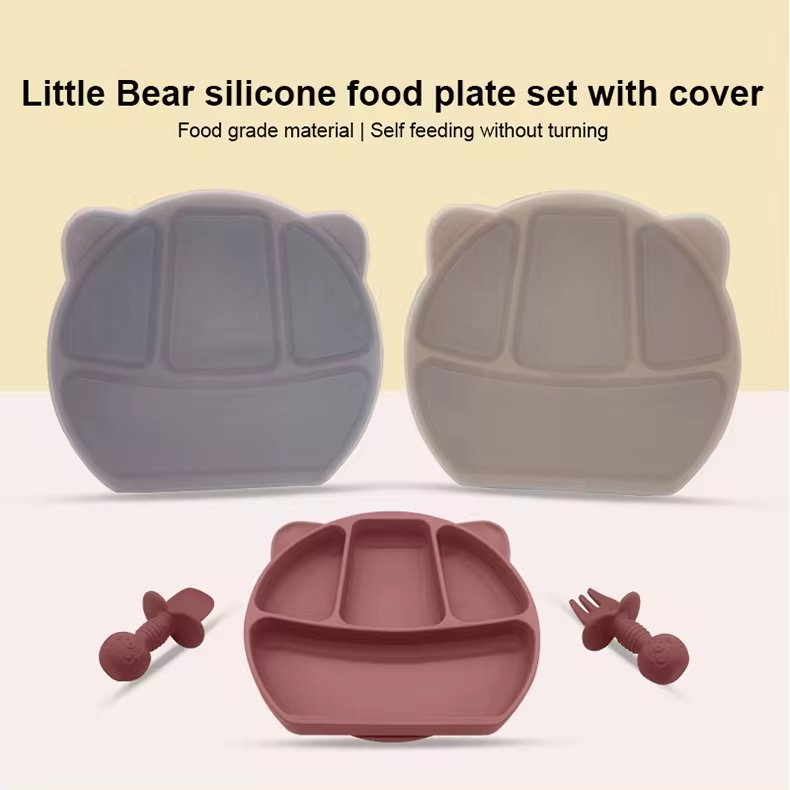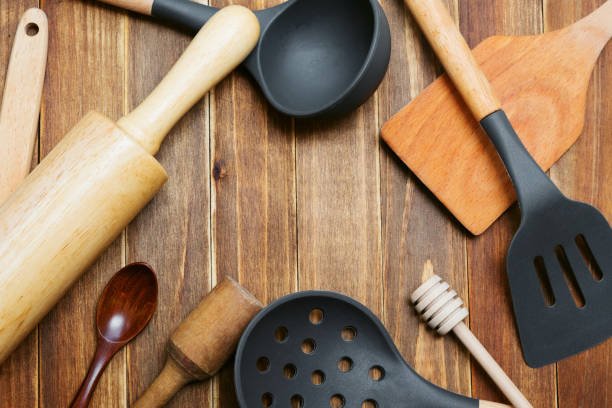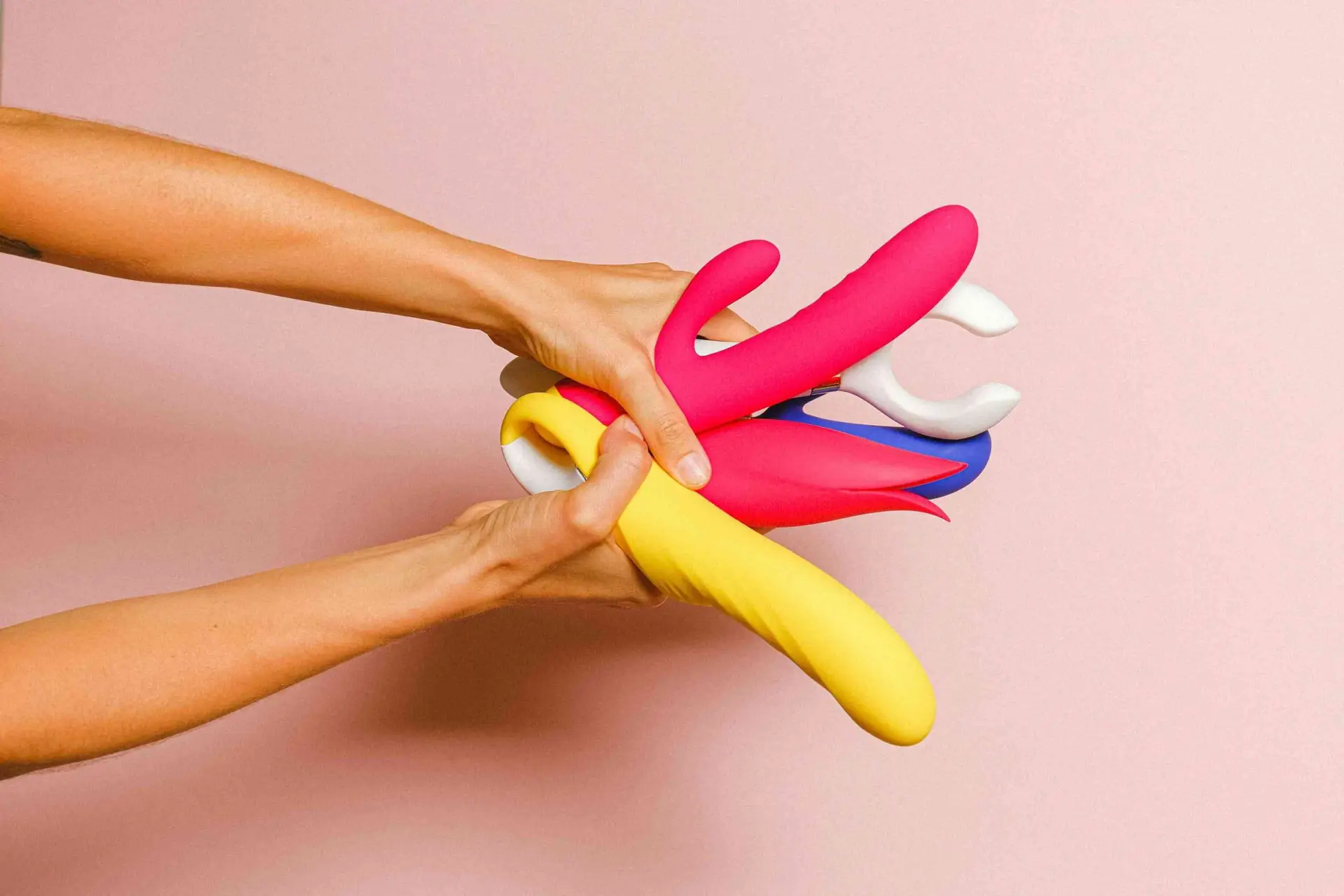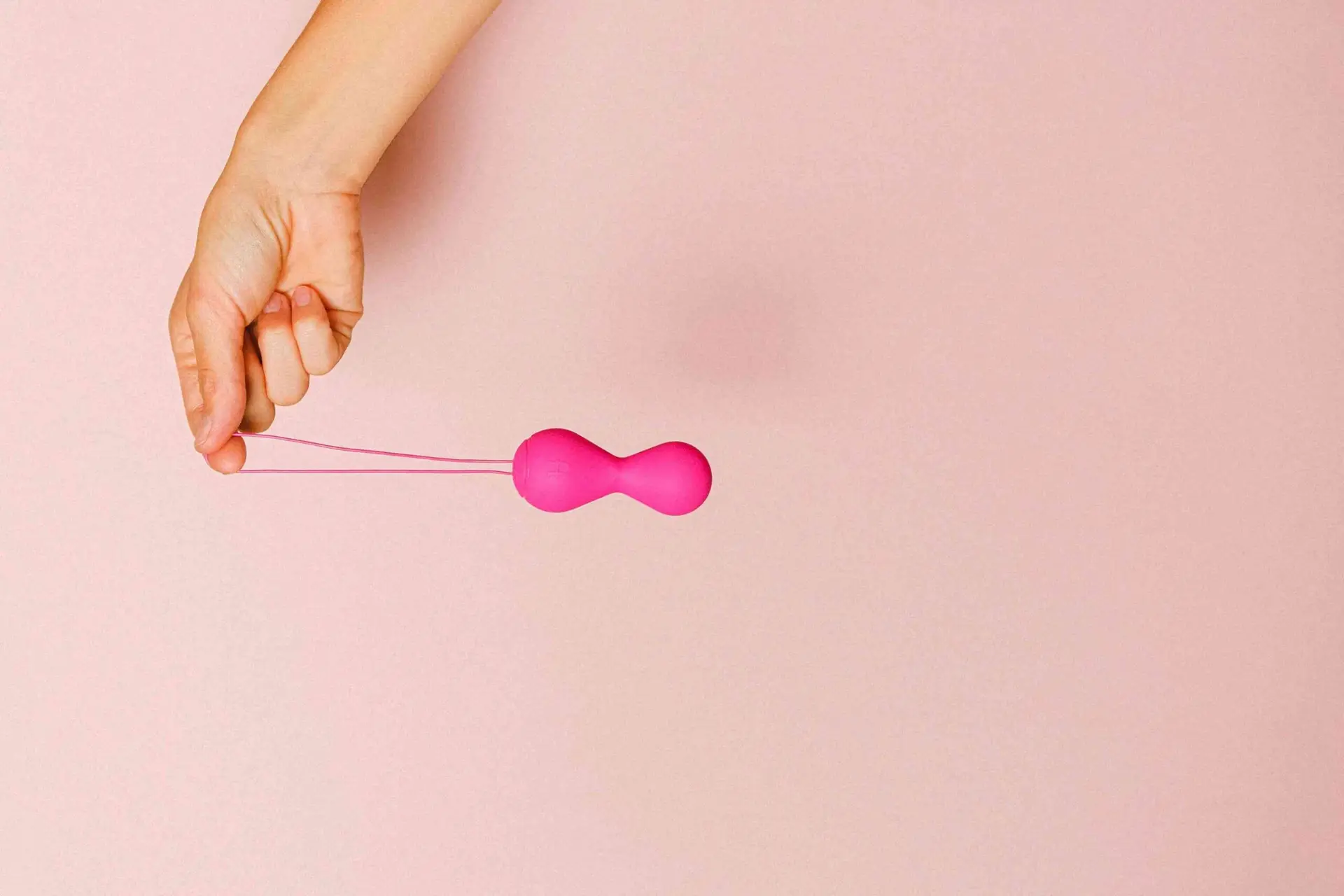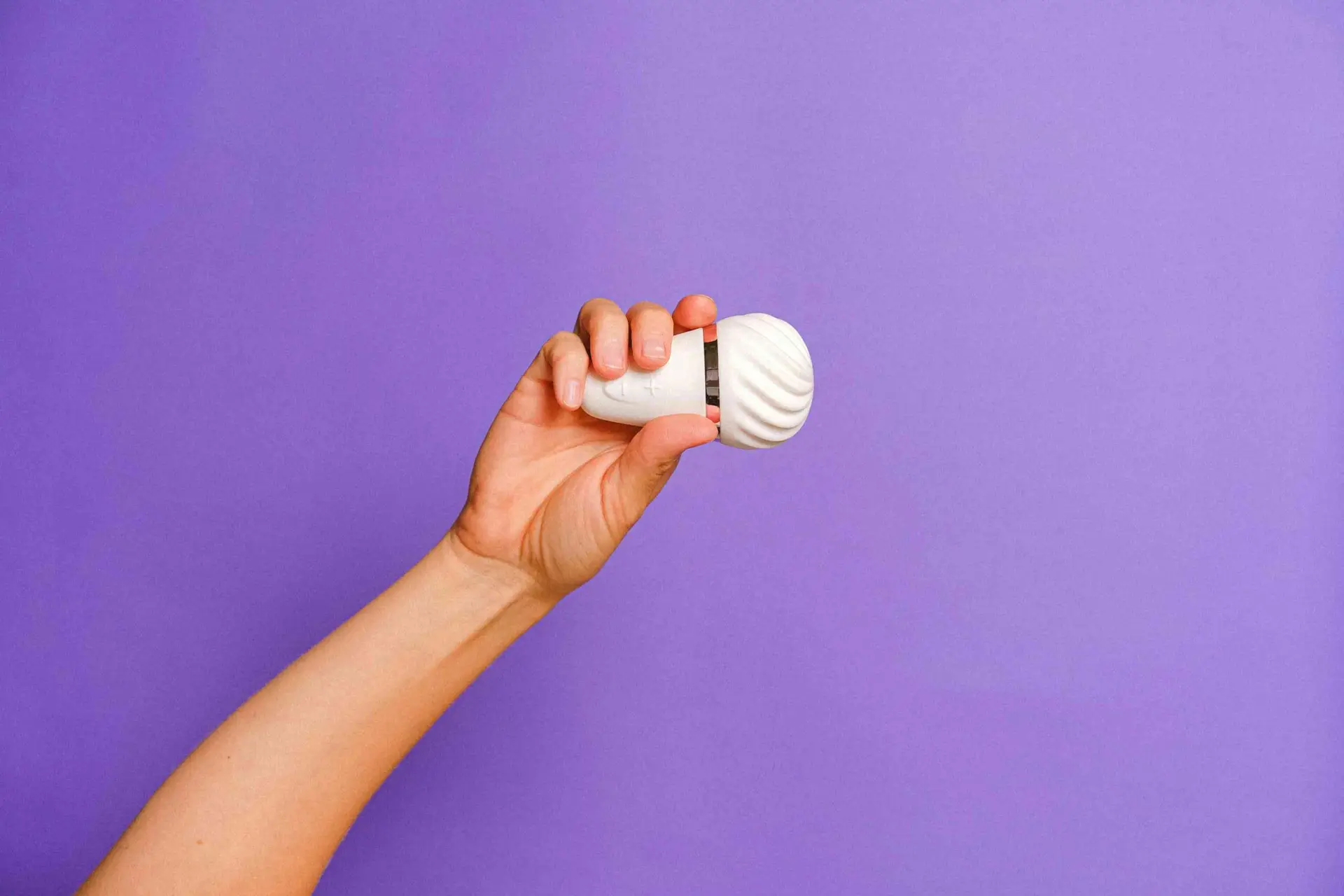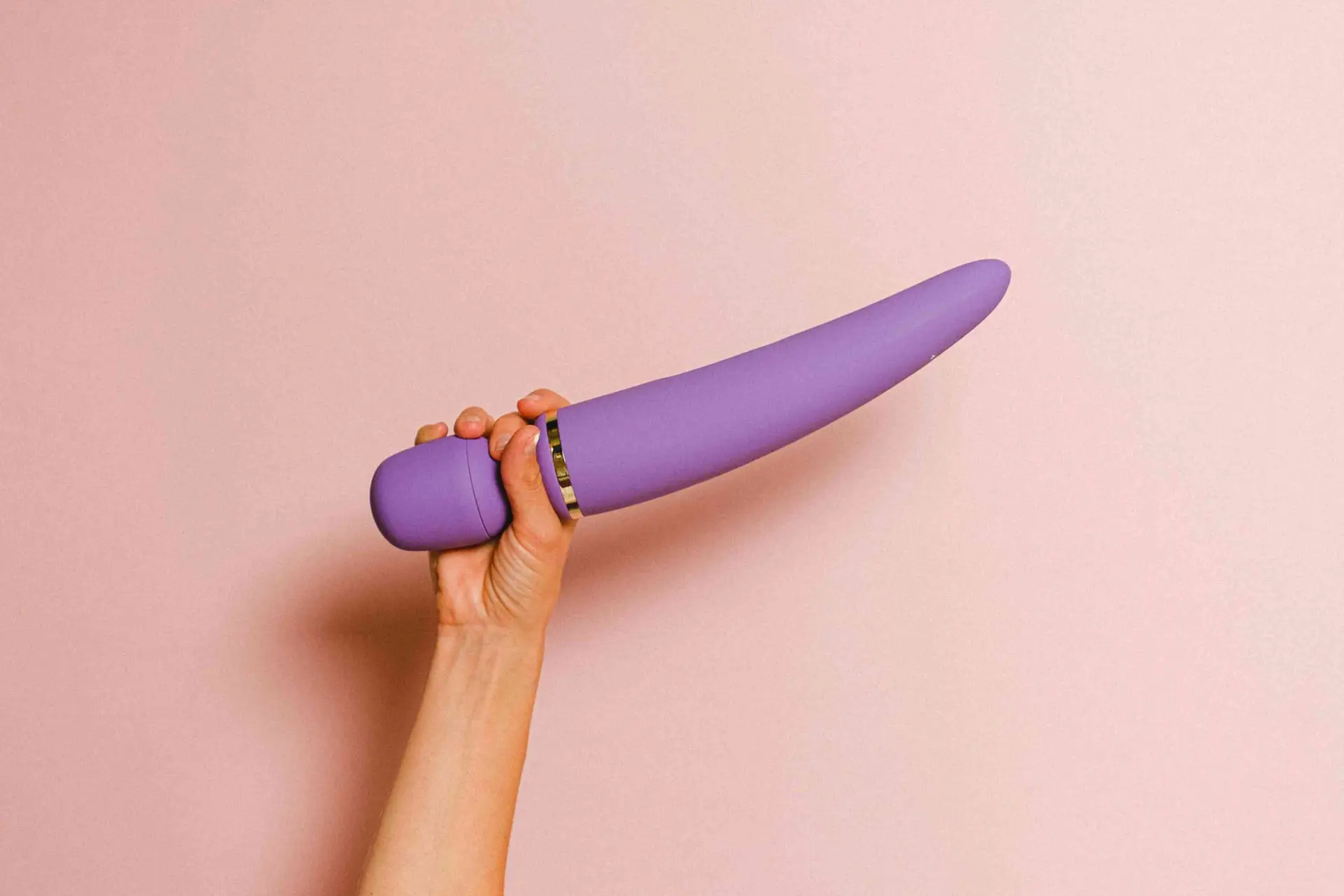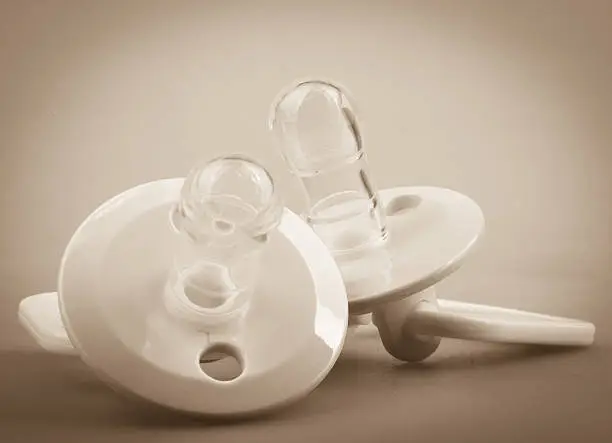Silicone kitchenware has revolutionized the culinary world with its versatility, durability, and safety. From its humble beginnings to becoming a staple in modern kitchens, silicone kitchenware has undergone significant evolution. This comprehensive article explores the history, development, and current trends of silicone kitchenware, providing valuable insights for enthusiasts and professionals alike.
Introduction
Silicone kitchenware is now ubiquitous in kitchens around the globe, valued for its unique properties such as heat resistance, non-stick surface, and flexibility. Understanding the journey of silicone from a novel material to a kitchen essential helps appreciate its importance and the innovations it has brought to the culinary industry.
Early History of Silicone
Invention and Initial Uses
Silicone, a polymer made from silicon, oxygen, carbon, and hydrogen, was first developed in the early 20th century. The invention of silicone is attributed to Dr. Frederic Stanley Kipping, who conducted extensive research on organosilicon compounds. By the 1940s, silicone had found its way into various industrial applications due to its remarkable stability and resistance to extreme temperatures.
Introduction to Consumer Products
Initially, silicone was used in non-consumer applications, such as in aerospace and electrical insulation. Its transition to consumer products began in the mid-20th century when its non-toxic and flexible properties were recognized. Silicone started appearing in medical devices, baby products, and later, kitchenware.
Emergence of Silicone Kitchenware
The 1970s: A New Material in Kitchens
The 1970s marked the introduction of silicone into the kitchenware market. Silicone baking molds were among the first products, offering a flexible, non-stick alternative to traditional metal and glass bakeware. These early silicone baking molds were well-received for their ease of use and convenience.
1980s and 1990s: Growing Popularity
During the 1980s and 1990s, silicone kitchenware gained popularity as more products were developed. Silicone spatulas, pastry brushes, and ice cube trays began to appear in stores. The culinary community started to embrace silicone for its practicality, especially in baking and pastry making. This period also saw improvements in silicone quality and manufacturing processes, making the products more reliable and durable.
Modern Development and Innovation
2000s: Mainstream Adoption
The early 2000s witnessed the mainstream adoption of silicone kitchenware. With a broader range of products available, including baking mats, cooking utensils, and storage solutions, silicone became a household name. The rise of celebrity chefs and cooking shows also contributed to its popularity, as silicone kitchenware was frequently showcased for its innovative features.
Technological Advancements
Technological advancements have played a crucial role in the development of silicone kitchenware. Improvements in silicone formulation have enhanced its durability, heat resistance, and non-stick properties. Innovations such as reinforced silicone for added strength and silicone coatings for better performance have expanded the applications of silicone kitchenware.
Eco-Friendly and Sustainable Options
In recent years, there has been a growing emphasis on sustainability and eco-friendliness. Silicone kitchenware is seen as an environmentally friendly alternative to single-use plastics. Manufacturers are also exploring biodegradable silicone options and eco-friendly production methods to reduce the environmental impact further.
Types of Silicone Kitchenware
Baking Mats and Sheets
Silicone baking mats and sheets have become essential tools for bakers. Their non-stick surface eliminates the need for parchment paper or greasing, making baking more convenient and reducing waste. These mats are reusable, easy to clean, and can withstand high temperatures.
Cooking Utensils
Silicone cooking utensils, including spatulas, tongs, and brushes, are popular for their heat resistance and flexibility. They are gentle on cookware, especially non-stick surfaces, and are available in various vibrant colors and designs.
Food Storage Solutions
Silicone food storage solutions, such as reusable silicone bags and lids, have gained traction as sustainable alternatives to plastic containers and wraps. These products are airtight, leak-proof, and suitable for storing a wide range of foods, from leftovers to snacks.
Baking Molds and Trays
Silicone baking molds and trays come in diverse shapes and sizes, offering versatility for baking cakes, muffins, and other treats. Their flexibility allows for easy removal of baked goods, and their durability ensures they can be used repeatedly without losing shape.
Kitchen Accessories
Beyond the basics, silicone has been used to create various kitchen accessories, such as pot holders, oven mitts, and trivets. These accessories leverage silicone’s heat-resistant properties to provide safe and practical solutions for handling hot items.
Benefits of Silicone Kitchenware
Heat Resistance
One of the most significant advantages of silicone kitchenware is its ability to withstand extreme temperatures, ranging from -40°F to 500°F (-40°C to 260°C). This makes silicone ideal for baking, cooking, and even freezing applications.
Non-Stick Properties
Silicone’s non-stick surface ensures that food does not adhere to it, making it easy to release baked goods and other foods without the need for greasing. This property also simplifies cleaning, as food residue can be easily wiped away or washed off.
Durability and Longevity
Silicone kitchenware is highly durable and resistant to wear and tear. Unlike plastic, silicone does not crack or become brittle over time. High-quality silicone products can last for many years, making them a cost-effective choice.
Flexibility and Ease of Use
The flexibility of silicone allows it to be molded into various shapes and forms, providing versatility in kitchen applications. Silicone utensils and molds can be bent and twisted without losing their shape, making them convenient for various tasks.
Safety and Non-Toxicity
Silicone is non-toxic and safe for food contact. It does not leach harmful chemicals into food, making it a healthier alternative to some plastics. Silicone kitchenware is also hypoallergenic and does not harbor bacteria, ensuring food safety.
Eco-Friendliness
Silicone kitchenware is reusable and long-lasting, contributing to reduced waste compared to single-use plastics. As consumers become more environmentally conscious, silicone’s eco-friendly attributes make it an attractive choice.
Challenges and Considerations
Quality Variations
Not all silicone kitchenware is created equal. Variations in quality can affect performance and safety. Consumers should look for food-grade silicone products that meet regulatory standards and certifications.
Initial Cost
High-quality silicone kitchenware can be more expensive than traditional materials. However, the long-term benefits and durability often justify the initial investment.
Recycling and Disposal
While silicone is more sustainable than single-use plastics, it is not biodegradable. Recycling silicone requires specialized facilities, which may not be widely available. Consumers should consider the full lifecycle of silicone products and explore recycling options when possible.
The Future of Silicone Kitchenware
Continued Innovation
The future of silicone kitchenware is bright, with ongoing research and development aimed at enhancing its properties and expanding its applications. Innovations such as smart silicone kitchen tools with integrated sensors and biodegradable silicone materials are on the horizon.
Increasing Adoption
As awareness of silicone kitchenware’s benefits grows, adoption rates are expected to rise. More consumers and professional chefs are likely to embrace silicone products, driving further innovation and market expansion.
Sustainability Efforts
Sustainability will continue to be a key focus in the development of silicone kitchenware. Manufacturers are exploring ways to make silicone production more eco-friendly and to develop biodegradable silicone options. Consumer demand for sustainable products will likely influence the direction of future innovations.
Conclusion
Silicone kitchenware has come a long way since its introduction, evolving into a versatile and essential component of modern kitchens. Its unique properties, such as heat resistance, non-stick surface, and durability, have made it a favorite among home cooks and professional chefs alike. While challenges remain, ongoing innovations and a focus on sustainability promise a bright future for silicone kitchenware.
By understanding the history and development of silicone kitchenware, consumers can make informed choices that enhance their culinary experiences and contribute to a more sustainable world. As the market continues to grow and evolve, silicone kitchenware will undoubtedly remain at the forefront of kitchen innovation.
